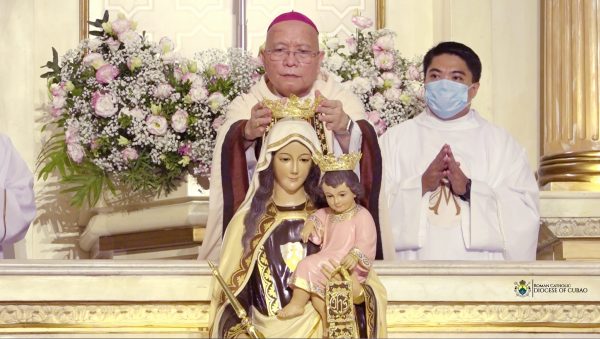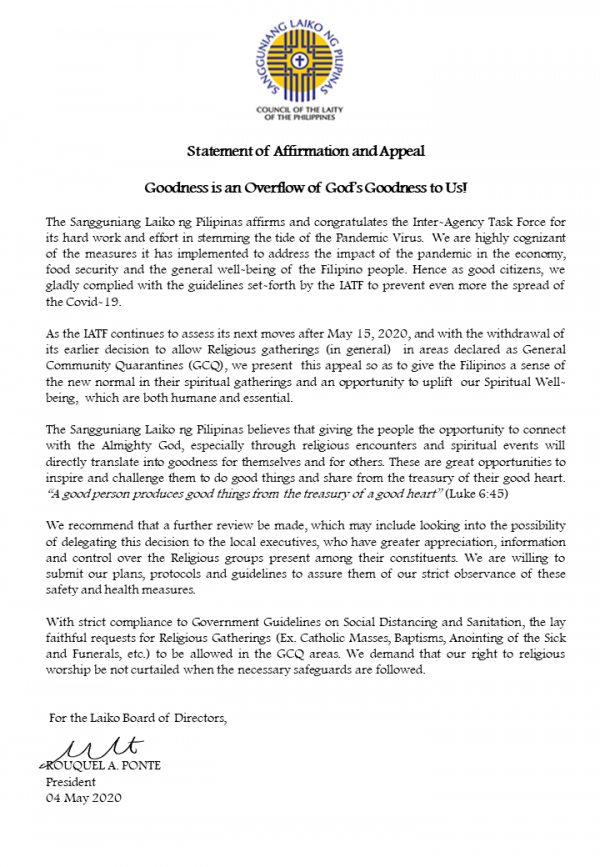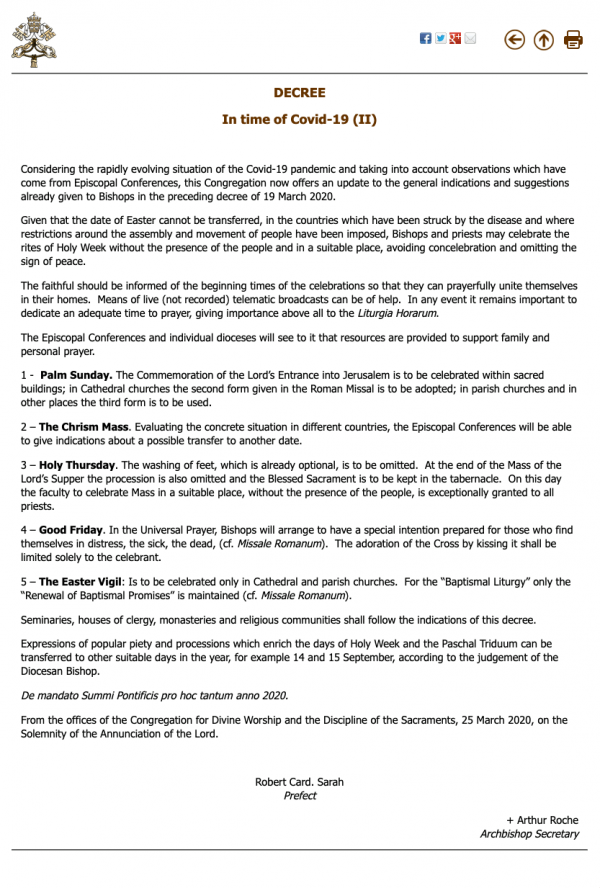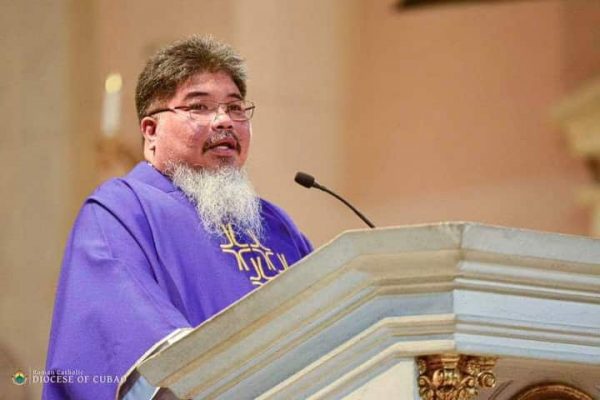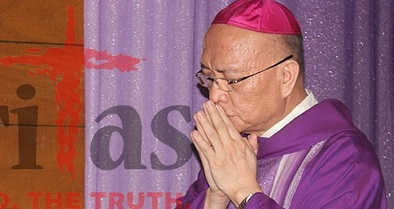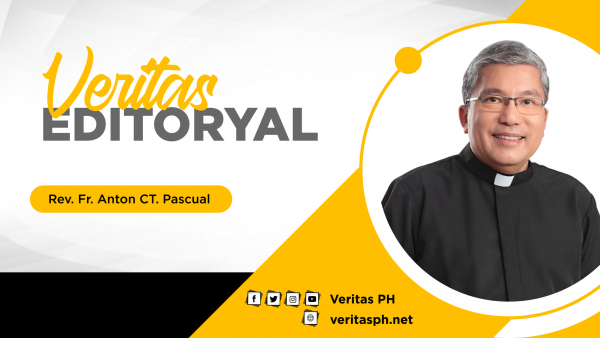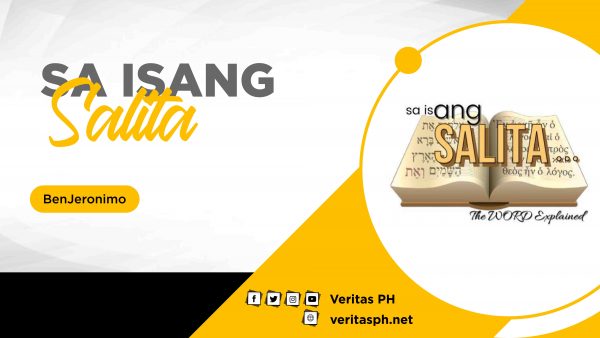199 total views
“For I was hungry and you gave me something to eat, I was thirsty and you gave me something to drink, I was a stranger and you invited me in.” (Matthew 25:35)
Poverty has been the greatest problem in society, and to help alleviate this condition, the Catholic Church has been very active in providing different programs for the poor.
A study shows that the Church operates more than 140,000 schools, 10,000 orphanages, 5,000 hospitals and some 16,000 other health clinics.
Aside from these numbers, there are also about 200,000 Catholic parishes around the world that operate their own small-scale-charitable projects.
One among these small-scale-charitable projects is the Arnold Jansen Kalinga Center (AJKC), located in Tayuman Street, Sta. Cruz, Manila.
The founder and the present director of the Kalinga Center, Father Flavie Villanueva, SVD, named it after the founder of the Society of the Divine Word, St. Arnold Janssen.
Striving to give a deeper sense of care, the AJKC or Kalinga Center follows the vision of recreating and empowering lives to concretize the mission of St. Arnold Janssen.
“When we say we provide care, we do it in three ways: we provide dignified, systematic, and holistic care particularly to the poorest of the poor, whom we have identified as the homeless,” Father Villanueva said.
But unlike other programs that only focus on children or elders, the Kalinga Center decided to follow the principle of inclusivity where everyone is welcome on a first-come-first-serve basis.
Once a beneficiary enters the Kalinga center, they undergo several steps to complete its holistic approach and systematic approach.
Under the holistic approach comes the three different phases that needs to be completed. Phase one centers on food and hygiene whose purpose is to recreate oneself image.
Phase two is about education particularly the Alternative Learning System (ALS) whose objective is to help restore self-respect.
Lastly, the third phase is about livelihood and employment which aims to restore the beneficiary’s self-worth.
Meanwhile, the systematic approach consist seven stations, it starts with Station one, the “Welcoming”.
The AJKC follows the principle of inclusivity but still gives priority to the children, Persons with Disabilities, pregnant women, and the elders.
After the welcoming, the beneficiary will proceed to station 2, the profiling.
The newcomers will have to answer a personal profile form, but for the old-timers, they will just have to confirm their attendance.
Next is Station 3, from here they acquire decent clothes, clean towels, soap and shampoos. But before proceeding to the next station, between stations 3 and 4 is an active waiting area.
In this phase, the volunteers are giving 30 to 45 minute inputs for the value formation of the beneficiaries.
On Station 4, bathing, before a beneficiary proceeds to the bathroom, they are first asked to look at themselves in a mirror and read out loud a note that says, “Ngayo’y madungis, mamaya maaring luminis”.
Father Villanueva said that this note helps to prepare them in restoring self-worth.
As they proceed to the bathing area, one of the highlights that AJKC has proudly provided are showers instead of the traditional “timba and tabo”.
According to the priest, giving all of these; decent clothes, clean towels, soap, shampoo and shower for bathing, are part of their dignified service.
After a fresh bath, the beneficiary will then proceed to the grooming station, Station 5, where they comb their hair, put powder and cologne.
In this station they are again asked to read out loud another note that says, “Malinis na ko, pahahalagahan ko ito, maaring magbago buhay ko.” “I’m now clean, I will value this, my life can change.”
Again, yung maaring luminis sa unang salamin, sa clothing naganap because they made the choice kasi mayroon namang iba na pwede ipilit na, “Ayoko na maligo gusto ko lang kumain.” Choice niyo po yun, but karamihan naman ngayon ay natututo na sila na mas mahalaga na maglinis bago kumain o humarap sa grasya.” Father Villanueva explained.
Following station 5 is a small substation composed of six to eight chairs, this substation is called coaching area. In this phase, the topic that was discussed in the waiting area is given deeper reflections and the members of the small group are able to share some of their experiences within the 10minute interaction.
Only after the coaching area they will be able to proceed to Station 6, meals and bonding. Kalinga Center continuously provide dignified meals for its beneficiaries, two viands, one meat, one vegetable, and unlimited rice are offered to everyone as long as they will completely eat up everything and will not waste even a single grain of rice.
Father Villanueva believes that this is also a way of instilling values to the people as they learn to appreciate and not waste the food that was prepared for them.
The last station after meals and bonding is Station 7 entitled sending off, but before stepping out of the gate of Kalinga Center, the AJKC will give its last chance to impart another value to their beneficiaries.
The beneficiaries will again, have to read out loud a note that says, “Kinalinga ako sa Kalinga kaya mangangalinga ako sa iba.”
AJKC believes that by letting people have an experience to be taken cared off gives them the desire to also take care of their other brothers and sisters.
As the Arnold Jansen Kalinga Center continue to provide a deeper sense of care, Father Villanueva believes that “Kalinga” doesn’t really happen inside the center, but more often outside its premises.
As of now, there have been many success stories from the Kalinga Center, some students have graduated high school and currently taking up college, and some were not able to come back to Kalinga because they have been busy with their new job, and new life.
But for Father Villanueva, the real success of the center is seen; on the warm smile of the people when they step out of the center, on a child combing his hair and looking at himself in the mirror, on a mother gratefully feeding her child, and on a man, from Kalinga Center, helping an elder cross the street.
Through these actions, the real mission of Kalinga Center is being fulfilled, and that is to recreate and empower the lives of the lost, the last and the least.












